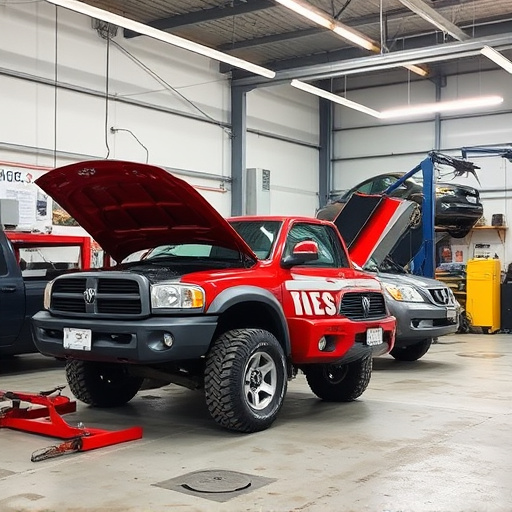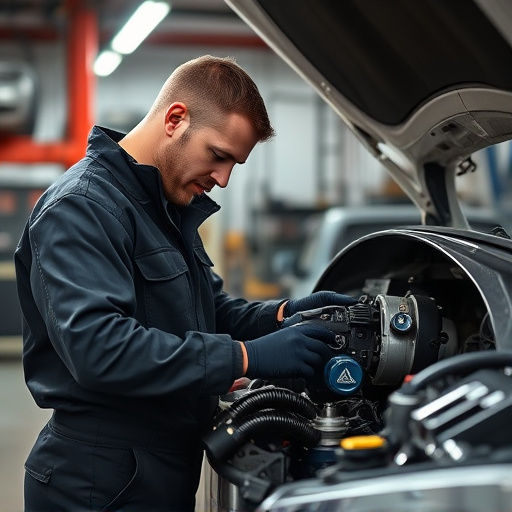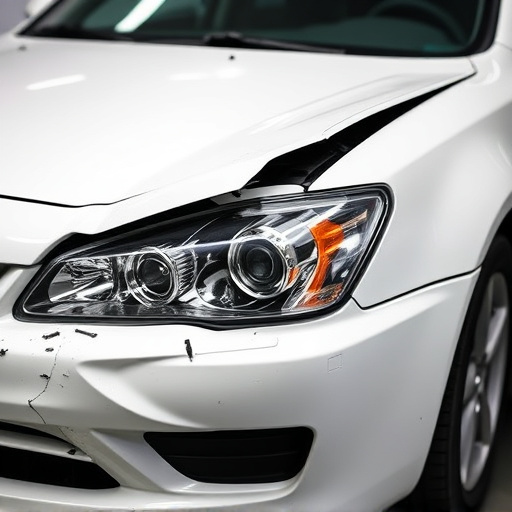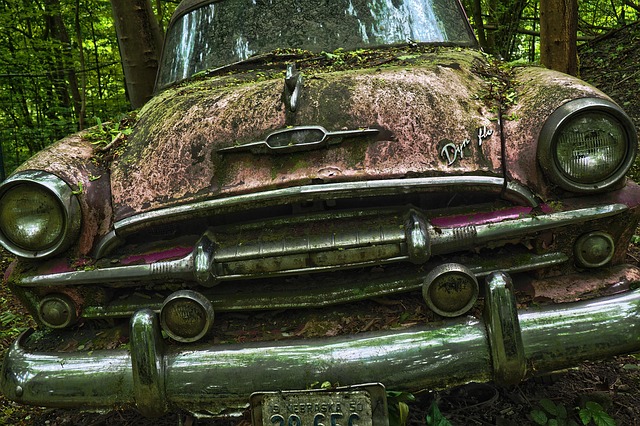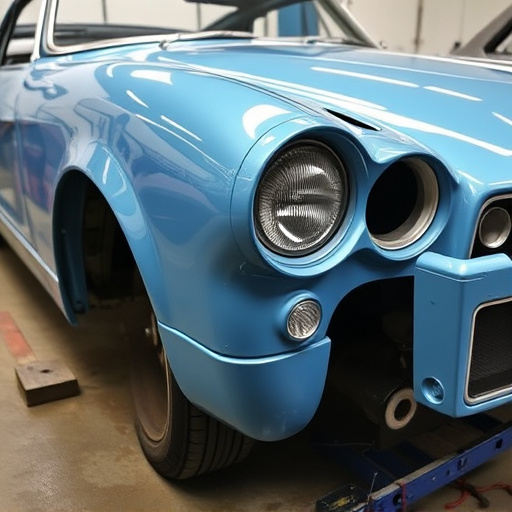Ice damage collision repair is a specialized field addressing unique challenges posed by extreme cold, affecting cosmetic and structural components like door panels, fenders, and hoods. It involves thermal healing, precise shaping, and careful restoration of tires, along with meticulous assessment of hidden internal damage and advanced auto glass repair. Trained professionals use specialized equipment and tailored solutions to ensure both visual restoration and vehicle safety, prioritizing both cosmetic appeal and structural integrity.
Ice damage collision repair is a specialized field that goes beyond standard automotive restoration. It requires unique techniques and meticulous attention to detail due to the delicate nature of frozen vehicles. Understanding the specific challenges posed by ice damage is crucial for restoring cars to their pre-collision condition. This article delves into the distinct processes, considerations, and advanced methods employed in ice damage collision repair, providing a comprehensive guide to this specialized service.
- Understanding Ice Damage: Unique Challenges and Considerations
- The Difference: Specialized Techniques for Ice Damage Repair
- Beyond Standard Procedures: Restoring Vehicles to Pre-Collision Condition
Understanding Ice Damage: Unique Challenges and Considerations

Ice damage presents unique challenges distinct from standard collision repair procedures. When ice accumulates on vehicles, it can cause various issues, such as cracked or dented exteriors, frozen fluids, and even warped bodies. These impacts often go beyond mere cosmetic damages; they may affect critical components like door panels, fenders, and hoods, requiring specialized knowledge and techniques for effective repairs.
Understanding the intricacies of ice damage is crucial when opting for collision repair services. Unlike regular auto painting or car bodywork services, ice-related repairs demand precise assessments and tailored solutions. A reputable collision repair shop should employ advanced technologies and trained professionals to address these challenges, ensuring not just a visually appealing restoration but also the structural integrity and safety of the vehicle.
The Difference: Specialized Techniques for Ice Damage Repair
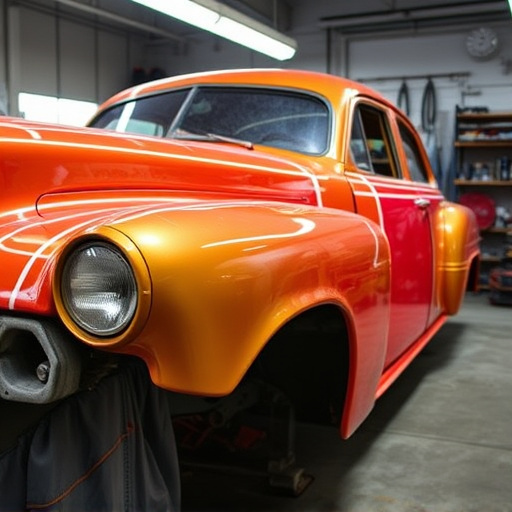
When it comes to repairing vehicles damaged by ice, collision repair goes beyond standard procedures. Ice damage often leaves unique marks, such as cracks, heaves, and warping, that require specialized techniques not typically used in regular auto repair services.
The process involves meticulous steps including thermal healing for frozen components, precise shaping and straightening of distorted panels, and careful restoration of tire services affected by extreme cold. Vehicle repair services that specialize in ice damage collision repair invest in advanced equipment and training to handle these delicate issues effectively, ensuring vehicles are restored to pre-incident condition while mitigating long-term structural weaknesses introduced by the ice.
Beyond Standard Procedures: Restoring Vehicles to Pre-Collision Condition
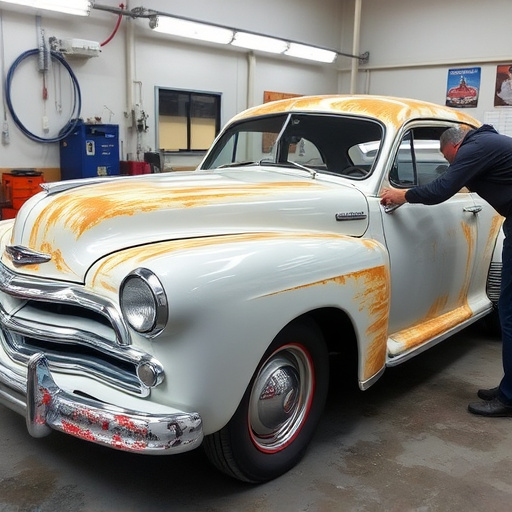
Restoring vehicles to their pre-collision condition is where ice damage collision repair truly differentiates itself from standard car collision repair procedures. Unlike typical repairs focused on fixing structural and cosmetic issues, ice damage specialists must account for unique challenges posed by freezing temperatures and expanding materials. Ice can cause unseen internal damage, such as warped body panels or compromised frameworks, which require specialized techniques and precision tools to accurately assess and rectify.
Auto glass repair is another critical aspect of ice damage collision repair. Freezing and thawing cycles can weaken or crack windows and windshields, necessitating expert replacement and installation services. Skilled technicians employ advanced methods to ensure that the repaired area not only looks good but also functions properly in varying weather conditions, providing drivers with enhanced safety and peace of mind on the road.
Ice damage collision repair requires a unique approach due to the specialized nature of freeze-thaw cycles and their impact on vehicles. Unlike standard procedures, this process demands meticulous attention to detail and specific techniques to restore cars to their pre-collision condition. By understanding the challenges and employing tailored methods, professionals can effectively address ice damage, ensuring vehicles are safely and accurately repaired, with enhanced safety and aesthetic quality.
